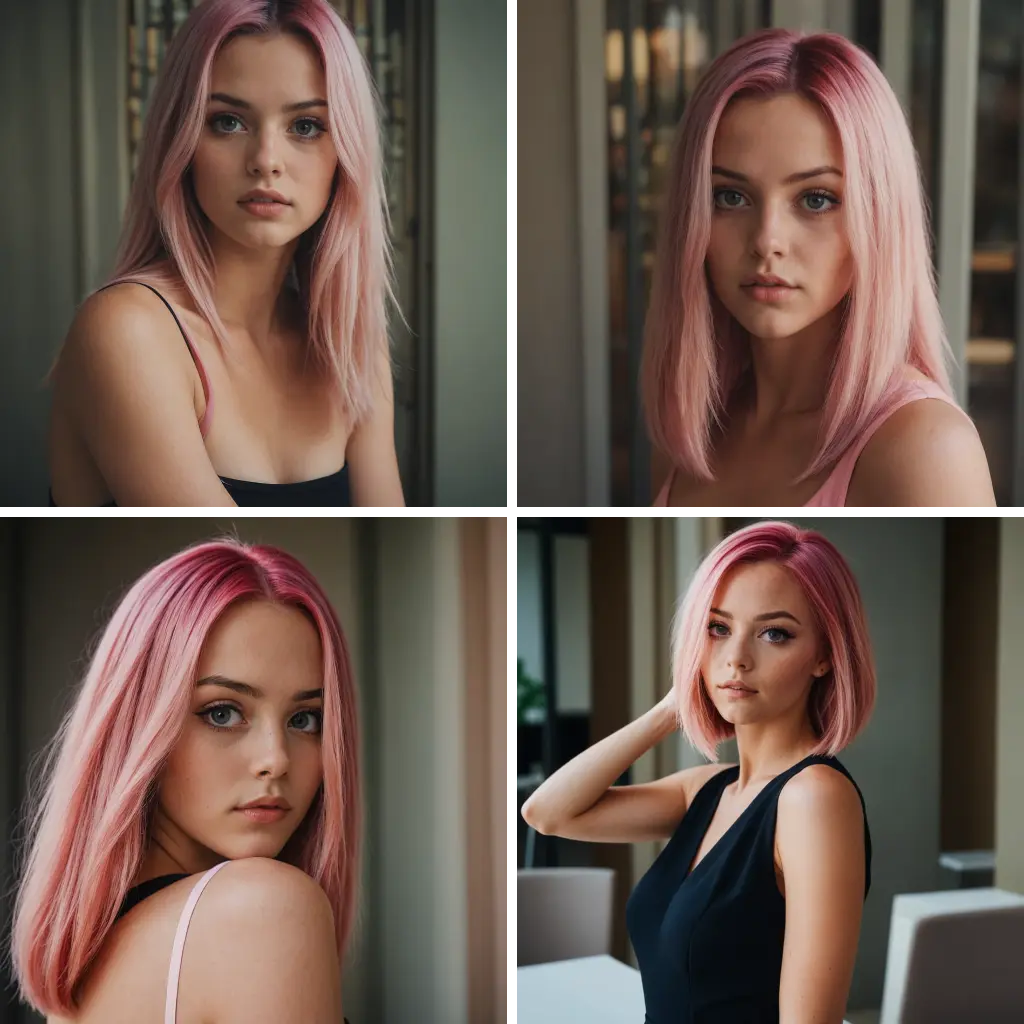ComfyUI Node: Image IC
ImageIC
CategoryYCNode/Image
yichengup (Account age: 473days) Extension
ComfyUI-YCNodes Latest Updated
2025-06-03 Github Stars
0.02K
How to Install ComfyUI-YCNodes
Install this extension via the ComfyUI Manager by searching for ComfyUI-YCNodes- 1. Click the Manager button in the main menu
- 2. Select Custom Nodes Manager button
- 3. Enter ComfyUI-YCNodes in the search bar
Visit ComfyUI Online for ready-to-use ComfyUI environment
- Free trial available
- 16GB VRAM to 80GB VRAM GPU machines
- 400+ preloaded models/nodes
- Freedom to upload custom models/nodes
- 200+ ready-to-run workflows
- 100% private workspace with up to 200GB storage
- Dedicated Support
Image IC Description
Facilitates image data integration and manipulation for AI artists in a user-friendly node-based environment.
Image IC:
The ImageIC node is designed to facilitate the integration and manipulation of image data within a node-based environment, specifically tailored for AI artists who may not have a deep technical background. This node is particularly useful for tasks that involve combining multiple images or applying complex image processing techniques. By converting image data into tensor formats, ImageIC allows for seamless integration with machine learning models and other computational processes. The node's primary goal is to provide a user-friendly interface for handling image data, enabling artists to focus on their creative work without getting bogged down by technical details. It simplifies the process of image manipulation by offering a straightforward method to manage and transform image data, making it an essential tool for any AI-driven artistic project.
Image IC Input Parameters:
first_mask
The first_mask parameter is used to specify the initial mask that will be applied to the first image. This mask helps in defining the areas of the image that should be processed or altered. The mask is typically a binary image where the areas to be affected are marked. This parameter is crucial for tasks that require selective image processing, such as inpainting or segmentation. The mask should be provided in a format that can be easily converted to a tensor, ensuring compatibility with the node's processing pipeline.
second_mask
The second_mask parameter functions similarly to the first_mask, but it is applied to the second image. This allows for the independent manipulation of two images within the same node, providing flexibility in how images are combined or processed. Like the first mask, it should be a binary image that delineates the areas of interest. This parameter is essential for operations that involve multiple images, such as blending or compositing, where different parts of each image need to be processed separately.
Image IC Output Parameters:
final_canvas
The final_canvas output represents the combined or processed image data after the node has applied the specified masks and transformations. This output is crucial as it provides the final visual result of the node's operations, ready for further processing or display. The final_canvas is typically in a tensor format, making it compatible with subsequent nodes or machine learning models.
final_mask
The final_mask output is the result of combining the first_mask and second_mask inputs, providing a comprehensive mask that reflects the areas processed in the final image. This output is important for understanding which parts of the image were affected by the node's operations and can be used for further image processing tasks or analysis.
first_separate_mask
The first_separate_mask output provides the processed version of the first_mask, converted into a tensor format. This output is useful for verifying the application of the mask on the first image and can be used in subsequent processing steps that require the original mask data.
second_separate_mask
The second_separate_mask output is similar to the first_separate_mask, but it corresponds to the second_mask. It provides the processed mask data for the second image, allowing for further manipulation or analysis of the masked areas.
first_size
The first_size output provides the dimensions of the first image, which is useful for understanding the scale and aspect ratio of the image being processed. This information is important for ensuring that subsequent processing steps maintain the correct image proportions.
second_size
The second_size output provides the dimensions of the second image, similar to the first_size. This output is essential for maintaining consistency in image processing tasks that involve multiple images, ensuring that all images are handled with the correct dimensions.
Image IC Usage Tips:
- Ensure that the masks provided are in a binary format to accurately define the areas of interest in the images.
- Utilize the
first_sizeandsecond_sizeoutputs to maintain the correct aspect ratio when further processing the images. - Convert your images to a compatible format before inputting them into the node to avoid any processing errors.
Image IC Common Errors and Solutions:
Mask Conversion Error
- Explanation: This error occurs when the masks are not in a format that can be converted to a tensor.
- Solution: Ensure that the masks are binary images and are properly formatted before inputting them into the node.
Dimension Mismatch
- Explanation: This error happens when the dimensions of the input images do not match the expected sizes.
- Solution: Check the
first_sizeandsecond_sizeoutputs to verify the dimensions and adjust your input images accordingly.
Image IC Related Nodes
RunComfy is the premier ComfyUI platform, offering ComfyUI online environment and services, along with ComfyUI workflows featuring stunning visuals. RunComfy also provides AI Playground, enabling artists to harness the latest AI tools to create incredible art.


